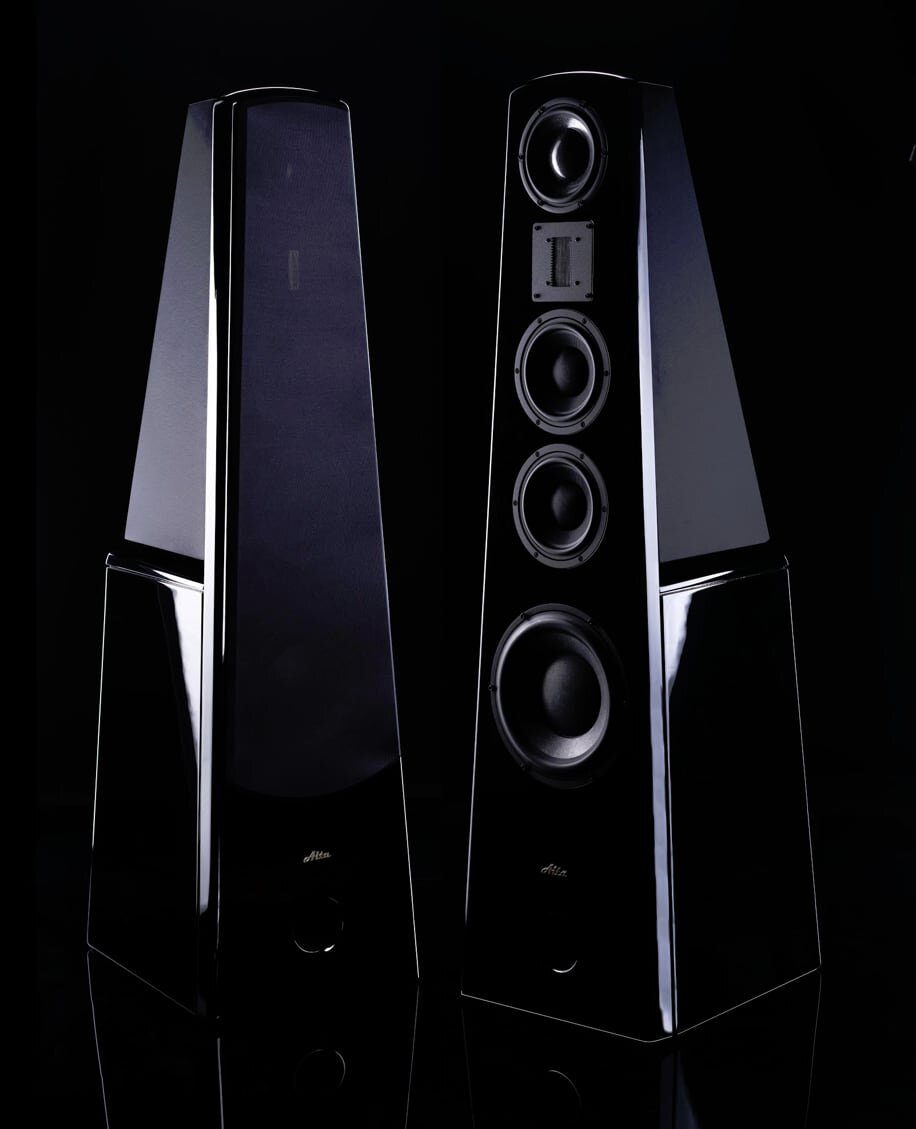Naim Audio is one of the high end companies we have begun to take for granted. Founded back in 1973 in beautiful Salisbury, Wiltshire by the late, aristocratic Julian Vereker MBE, Naim Audio has become synonymous with the very finest in modular and single components and loudspeakers. A true legacy company of our avocation. British audio royalty.
With the company's success, the vibe has become a little more corporate, a long way from the beginning where Vereker would shout from the rooftops the benefits of beautiful, if austere, design and the unending benefits of power supplies (the more, the merrier).
I have been a huge fan of Naim Audio almost since its inception. I heard my first Naim products in London way back in the late 70s/early 80s when I was studying music there. Along with Cyrus, Arcam, Rega Research, Audiolab and others, Naim Audio began making its name producing very high quality components, eschewing the huge box, huge power, American high end audio design philosophy. You got the MG/Spitfire/Austin Healy power/design acumen, but with reliability. I remember being thrilled with an Arcam integrated with a whole 25 watts per channel, and loving it.




















![Rega Elicit-R [Integrated] Amplifier](https://images.squarespace-cdn.com/content/v1/55787f0ae4b02f0501debbeb/1618164832694-D7WH6S6ECZSJX9RXOG2N/rega.jpg)